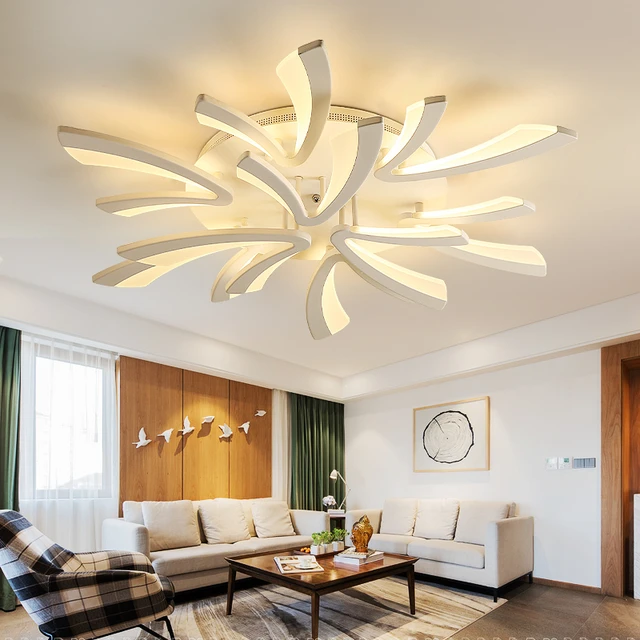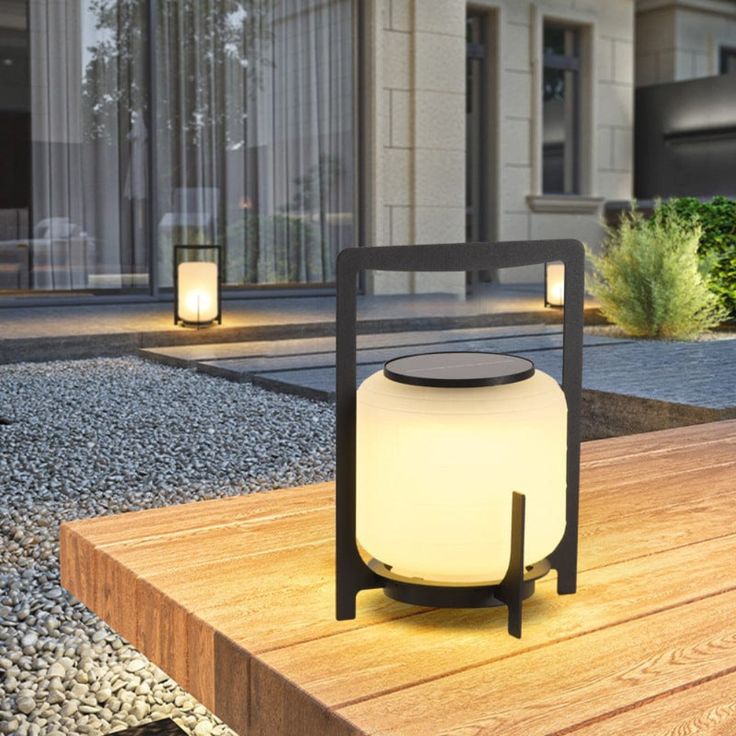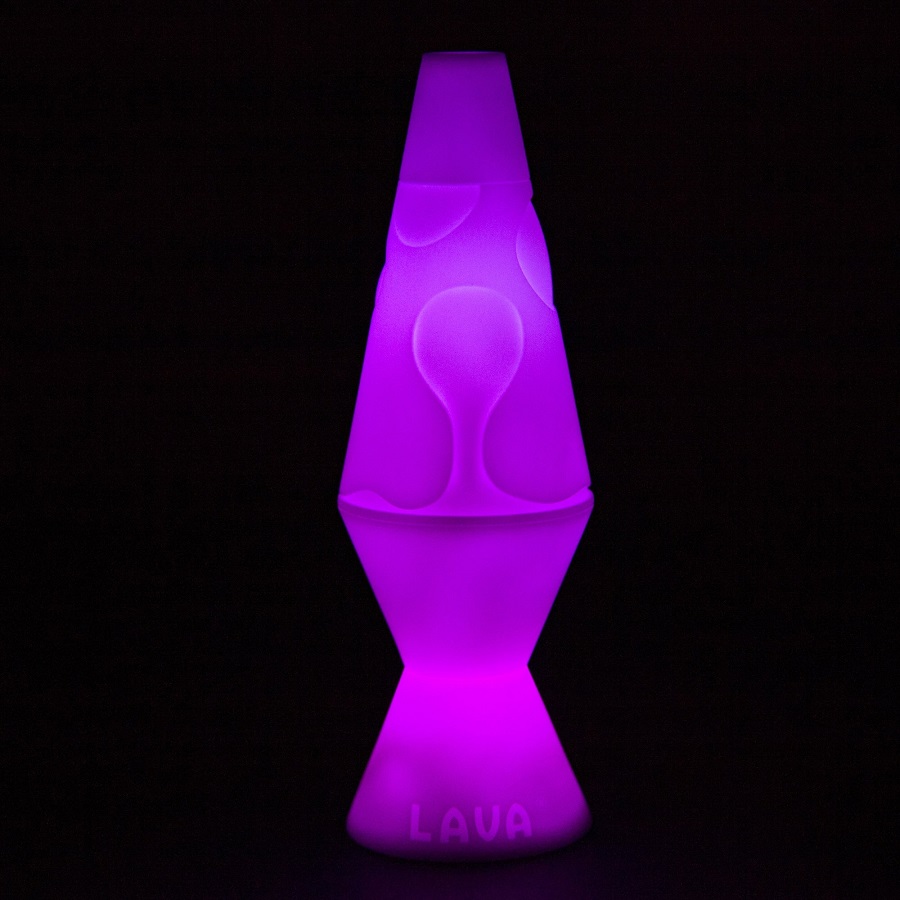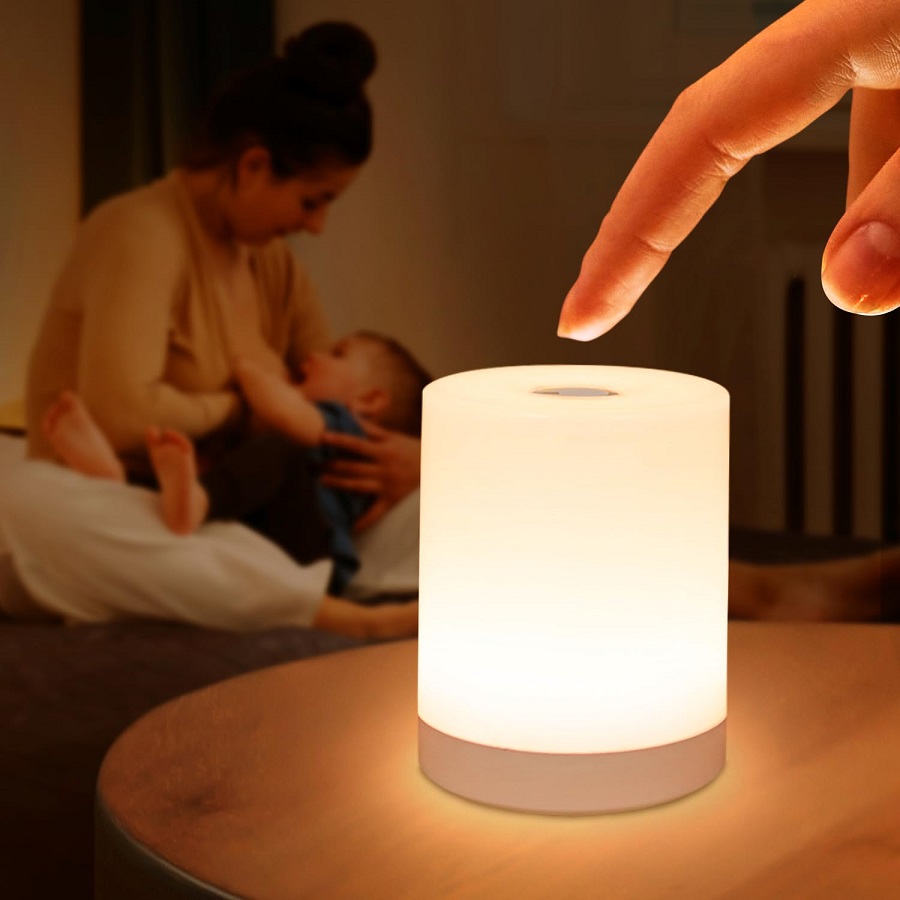 Introduction:
Introduction:
LED ceiling lights have become a popular choice for their energy efficiency and long lifespan. However, like any other lighting fixture, LED ceiling lights may occasionally need replacement due to damage, malfunction, or a desire to upgrade. To ensure a smooth and safe replacement process, it is important to understand the steps involved. In this comprehensive article, we will provide a step-by-step guide to help you replace your LED ceiling light efficiently and effectively.
The most common colors of LED ceiling lights include:
LED ceiling lights come in a variety of colors, offering flexibility in terms of ambiance and design preferences. The most common colors of LED ceiling lights include:
Warm White:
Warm white LED lights emit a soft, yellowish-white glow similar to traditional incandescent bulbs. They create a cozy and inviting atmosphere and are often used in areas like living rooms, bedrooms, and dining rooms.
Cool White:
Cool white LED lights produce a brighter and crisper white light that borders on a slightly bluish hue. They are often used in spaces that require bright and clear illumination, such as kitchens, bathrooms, and offices.
Daylight:
Daylight LED lights mimic the natural light of daytime, providing a color temperature similar to that of natural sunlight. This cool-toned light is ideal for areas where you need precise and accurate color representation, such as art studios or workspaces.
Tunable White:
Some LED ceiling lights offer tunable white functionality, allowing you to toggle between warm white and cool white tones. This feature enables you to adjust the color temperature based on your preference or specific lighting needs for different times of the day.
RGB:
RGB LED ceiling lights offer an extensive range of colors by combining red, green, and blue light sources. These lights can be customized to produce a wide spectrum of colors and are often used for decorative purposes or to create dynamic lighting effects in entertainment areas or special occasions.
It’s important to note that LED ceiling lights with dimming capabilities can further enhance the ambiance and versatility of the lighting. With dimmable LED lights, you can adjust the brightness and intensity according to your needs and create different moods in a room.
Selecting the appropriate color temperature or versatility of LED ceiling lights depends on the desired ambiance, functionality, and personal preference for your specific space.
 The main differences between LED ceiling lights and chandeliers:
The main differences between LED ceiling lights and chandeliers:
The main differences between LED ceiling lights and chandeliers lie in their design, functionality, and purpose. Here is a breakdown of their distinctions:
Design and Aesthetic:
LED ceiling lights are typically designed with a sleek and modern aesthetic, focusing on functionality and providing uniform illumination throughout the room. They are often recessed or flush mount fixtures that blend seamlessly into the ceiling, creating a clean and minimalist look. Chandeliers, on the other hand, are decorative lighting fixtures that serve as focal points in a room. They are typically ornate and feature multiple branches or arms with hanging crystals, beads, or decorative elements, adding a touch of elegance and glamour to a space.
Light Distribution:
LED ceiling lights are designed to distribute light evenly in a room, providing general illumination for various activities. Their diffused light spreads across the entire space, ensuring a well-lit environment. Chandeliers, however, are primarily decorative and often feature upward or downward-facing lights. They tend to provide accent or ambient lighting, casting a more focused and dramatic light pattern, highlighting specific areas or objects below.
Purpose and Function:
LED ceiling lights are primarily functional, serving as the main source of light in a room. They offer bright and efficient illumination for everyday tasks, such as cooking, cleaning, or reading. Chandeliers, on the other hand, are more decorative and serve as statement pieces. They are typically used to create a sense of grandeur, elegance, and ambiance in formal living spaces, dining rooms, or entryways.
Room Placement:
LED ceiling lights are versatile and suitable for various rooms, including kitchens, bathrooms, bedrooms, or hallways. They are particularly useful in spaces where a bright and uniform lighting solution is needed. Chandeliers, on the other hand, are often installed in dining rooms, foyers, or larger living spaces where their aesthetic appeal and decorative value can be fully appreciated.
Energy Efficiency:
LED ceiling lights are known for their energy efficiency and long lifespan. They consume less energy compared to traditional lighting options, making them environmentally friendly and cost-effective in the long run. Chandeliers, depending on their design and the type of bulbs used, may require more energy to power the additional decorative elements.
By understanding the differences between LED ceiling lights and chandeliers, you can choose the appropriate lighting fixture based on the desired functionality, design preference, and overall ambiance you wish to create in your space.
 Safety Precautions
Safety Precautions
Turn Off the Power:
Before replacing the LED ceiling light, turn off the electricity at the main breaker or fuse box.
Confirm that the power is off by testing the light switch and using a voltage tester.
Gather Safety Equipment:
Wear safety goggles or glasses to protect your eyes from any potential debris or dust.
Use a stable and sturdy ladder or step stool for safe access to the ceiling light.
Removal of Existing LED Ceiling Light
Remove the Light Cover:
Gently remove the light cover by either unscrewing it or carefully sliding it off, if applicable.
Set aside the light cover in a safe place to avoid damage.
Disconnect the Wiring:
Identify the wiring connections between the LED ceiling light and the electrical junction box.
Carefully detach the wiring, making note of the color-coded connections (e.g., black to black, white to white, copper or green to ground).
Remove the Mounting Screws:
Locate and remove the mounting screws securing the LED ceiling light to the electrical junction box.
Use a screwdriver to unfasten the screws, allowing the light fixture to be detached.
 Installation of New LED Ceiling Light
Installation of New LED Ceiling Light
Mounting Bracket Installation:
Use the mounting bracket provided with the new LED ceiling light or purchase a compatible one separately.
Attach the mounting bracket securely to the electrical junction box, following the manufacturer’s instructions.
Connect the Wiring:
Reconnect the wiring, adhering to the color-coded connections made during the removal process.
Twist wire connectors onto each pair of matching wires, ensuring a secure and tight connection.
Attach the New Ceiling Light:
Carefully align the holes on the new LED ceiling light fixture with the mounting screws on the mounting bracket.
Securely fasten the fixture to the bracket using screws or clips provided, ensuring it is flush against the ceiling.
Finishing the Installation
Install the Light Cover:
If the new LED ceiling light comes with a light cover, carefully attach it according to the manufacturer’s instructions.
Ensure that it fits securely and evenly, completing the installation of the light fixture.
Restore Power:
Go back to the main breaker or fuse box and switch the power back on.
Test the new LED ceiling light by turning on the light switch.
Additional Considerations
Proper Disposal of Old LED Ceiling Light:
Dispose of the old LED ceiling light in accordance with local regulations and guidelines.
Check with your local recycling or waste disposal center for the appropriate method of disposal.
Routine Maintenance:
After installation, establish a routine maintenance schedule for cleaning and inspecting your LED ceiling light.
Regularly check for any signs of damage, loose connections, or decreased performance.
 Conclusion:
Conclusion:
Replacing an LED ceiling light can be a straightforward process when following the necessary steps and safety precautions. By turning off the power, carefully removing the existing light fixture, and replacing it with a new LED ceiling light, you can enjoy enhanced lighting in your space. Take caution to ensure the wiring connections are secure and aligned properly, and always prioritize safety throughout the process. With this step-by-step guide, you can confidently replace your LED ceiling light, brightening your environment with energy-efficient and long-lasting illumination.



